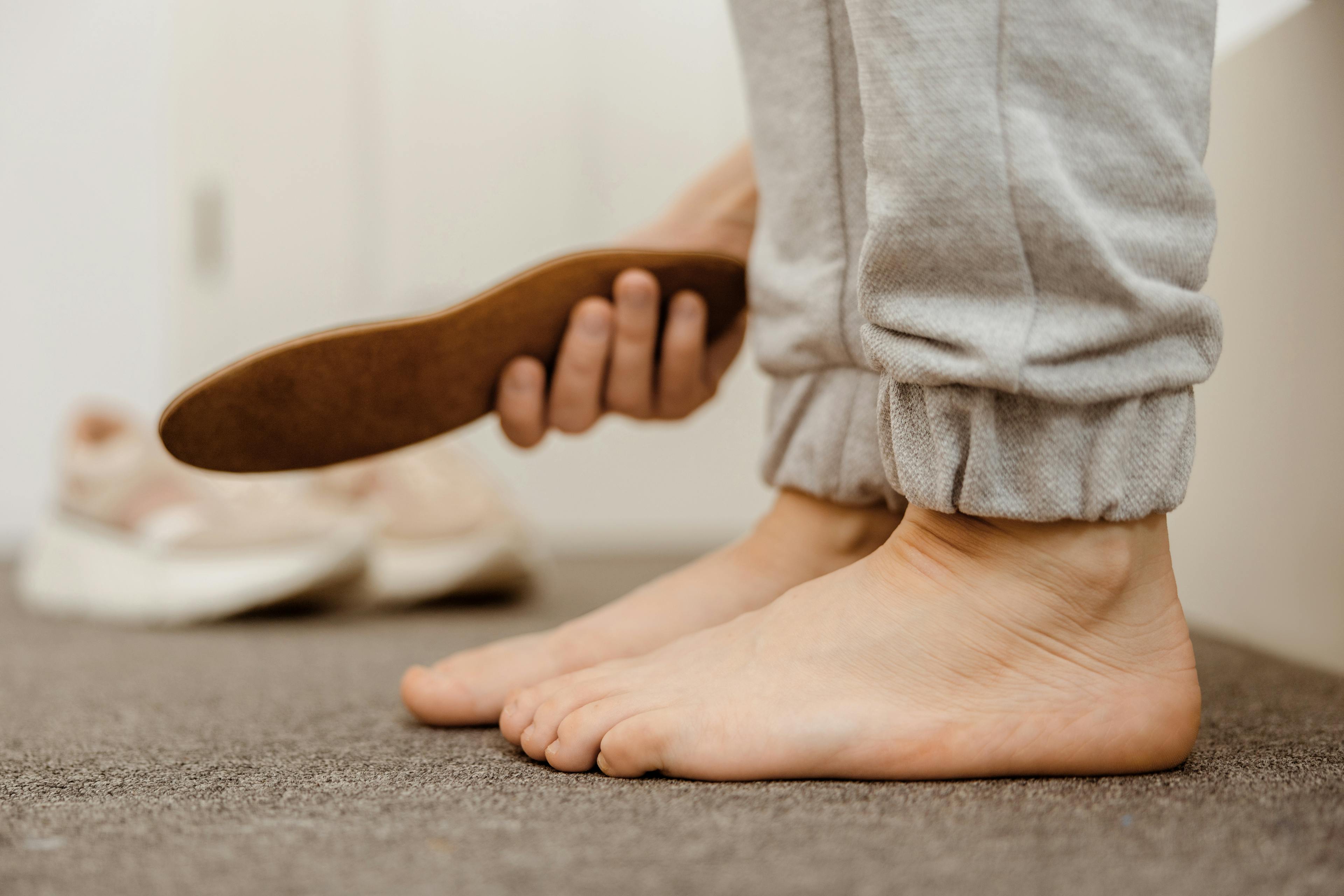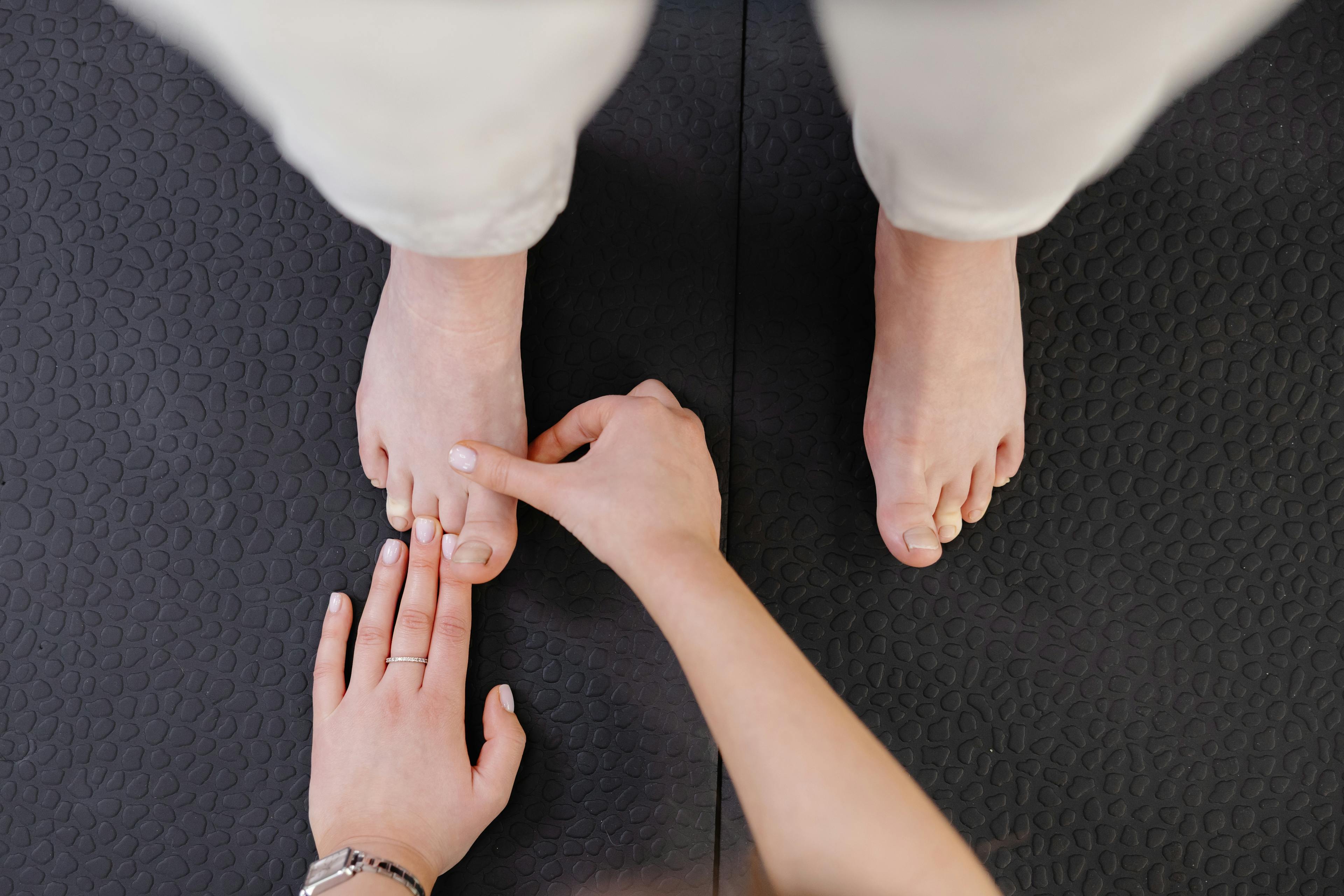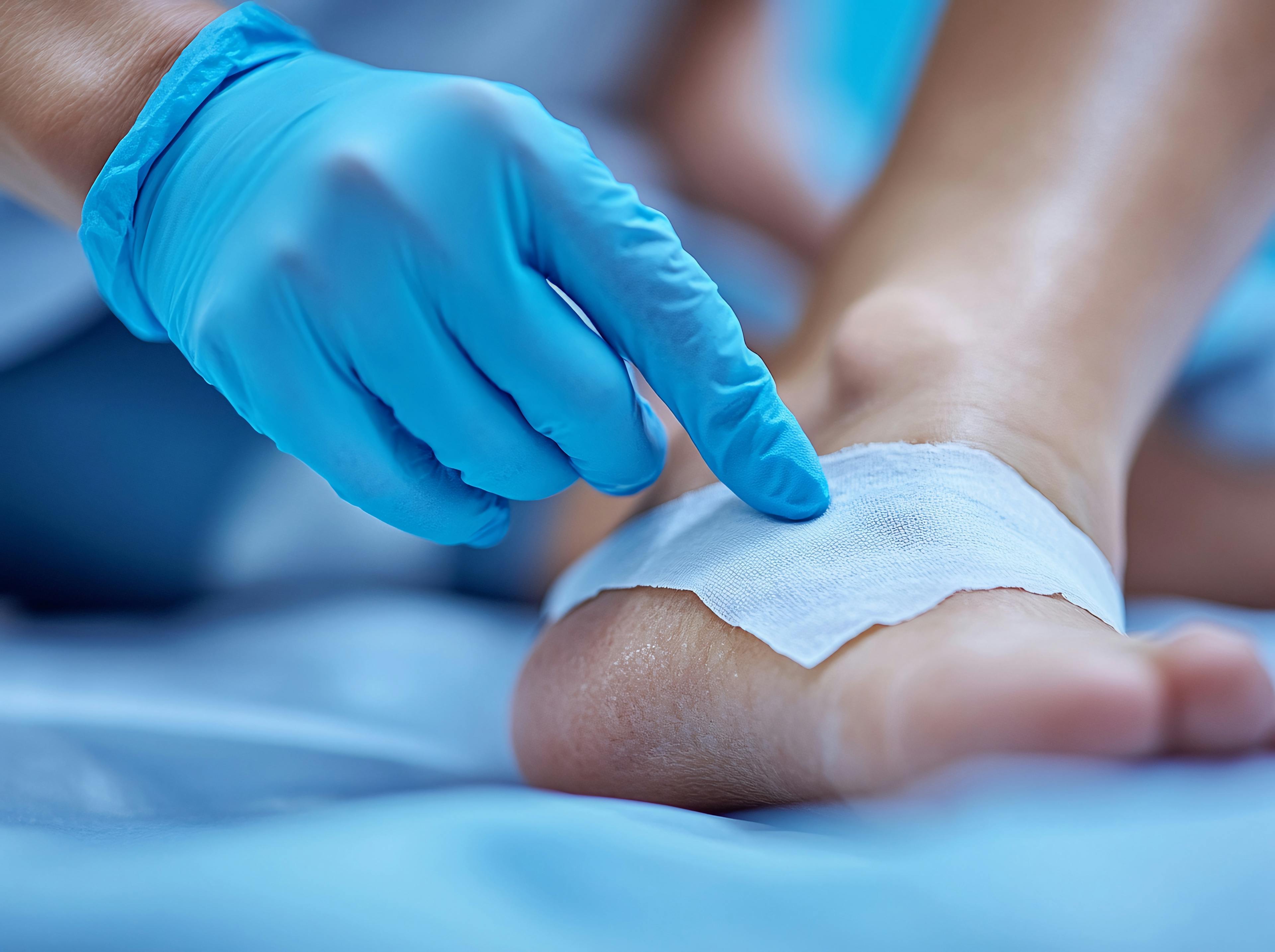Every year, millions of people find themselves dealing with the discomfort of corns and calluses, those persistent patches of thickened, hardened skin that crop up wherever our bodies endure excessive rubbing and stress. Often seen as merely cosmetic, these conditions are not just about appearance—they can influence our comfort, mobility, and overall foot health.
They develop most frequently on the feet due to constant contact with shoes, corns and calluses are a common yet misunderstood issue. While they might seem like minor annoyances, without proper management, they can lead to significant pain and, in some cases, more severe foot problems, especially in individuals with diabetes or circulatory issues.
What are Corns and Calluses?
Corns and calluses are protective layers of compacted, dead skin cells that form due to repeated friction, pressure, or irritation. While both can appear on the feet and hands, they have specific characteristics and locations that differentiate them.
What Is the Difference Between a Corn and a Callus?
The main difference between corns and calluses lies in their size, shape, and the level of discomfort they cause those affected. Here’s a brief breakdown of each:
Corns:
- Smaller, painful, and well-defined.
- Central core which can be tender to touch.
- Frequently develop in bony areas of the foot.
Calluses:
- Larger, spread out, and generally not painful.
- Thicker skin without a well-defined edge.
- Often form on the soles of the feet or palms.
What Do Corns and Calluses Look Like?
Corns are generally characterized by a small, hard, thickened patch of skin with a slightly yellowish hue, often surrounded by a tender area. They are commonly found on the parts of the foot that do not bear weight, such as the tops and sides of the toes.
Calluses, in contrast, are usually larger and have a less defined shape. They typically form on weight-bearing areas like the soles of the feet or the palms, where the skin is exposed to ongoing pressure.

What Causes Corns and Calluses?
The primary cause of corns and calluses is repeated friction and pressure, often resulting from one of the following:
- Ill-fitting Shoes: Wearing shoes that do not fit properly often causes significant friction and pressure on the feet.
- Not Wearing Socks: Engaging in activities without proper footwear, including socks, increases skin soreness and pressure.
- Foot Deformities: People with foot abnormalities, such as hammertoes or bunions, are more prone to developing corns and calluses due to increased friction against their footwear.
- Repetitive Activities: Sports like running, basketball, or soccer and jobs requiring prolonged standing, such as nursing, retail, or construction, often lead to calluses from constant friction and pressure on the feet.
Diagnosis of Corns and Calluses
The diagnosis of corns and calluses typically begins with a thorough physical examination by a healthcare professional. During the examination, the doctor evaluates the skin’s texture, thickness, and the presence of any hardened areas that characterize these conditions. The visual inspection and palpation are generally sufficient for identification.
If there's uncertainty about the cause of the skin changes or to assess for potential underlying issues such as bone deformities, additional diagnostic tools like X-rays might be recommended. This step is particularly important if there is pain or a history of foot problems, which could complicate the condition.
Treatments for Corns and Calluses
Foot Corn and Callus Removal
Professional removal of corns and calluses involves several methods. Your podiatrist may trim excess skin using a scalpel—a procedure that should never be tried at home to avoid infections. For persistent cases, your doctor may recommend orthotic devices to redistribute pressure away from the affected areas or surgery to correct alignments causing friction.
Home Remedies for Corns and Calluses
There are certain home care remedies that help alleviate the discomfort of corns and calluses and prevent further irritation. It's crucial to handle these areas with care to avoid complications such as infections. Here are some simple, yet safe techniques you can try:
- Soaking: Soften calluses and corns by soaking your feet in warm, soapy water. Follow this up by gently rubbing the area with a pumice stone to remove the softened skin.
- Moisturizing: Regular application of hydrating moisturizers and creams helps keep the skin soft and makes it less prone to cracking.
- Protective Pads: Wearing non-medicated pads around corns may provide a buffer against friction, minimizing discomfort and lowering the chances of new corns or calluses forming.
Note: It's important, however, not to cut or shave away these patches yourself, as this may result in infections.
When to See a Podiatrist
If you experience frequent pain, or if a corn or callus becomes excessively thick, infected, or ulcerated, seeking professional medical advice is essential. Early diagnosis and care can help address symptoms before they worsen and prevent complications such as infections or skin ulcers, especially for individuals with diabetes or circulation issues. Our physicians at CLS Health are dedicated to guiding you toward the best solution for your needs.





